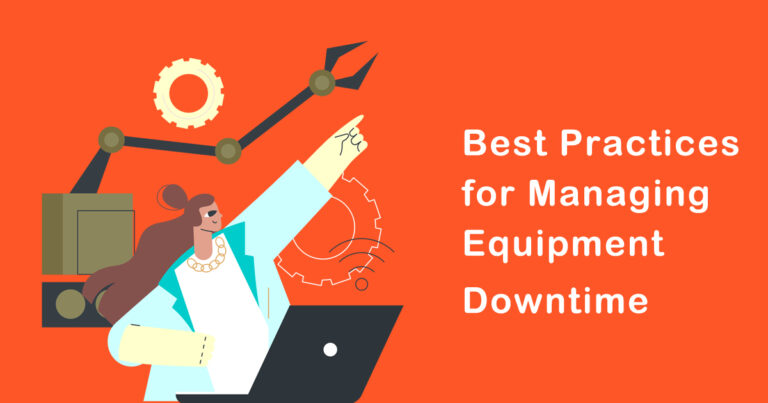Introduction
In today’s fast-paced world, the efficient management and maintenance of assets in school or university facilities are critical to ensure a smooth and productive learning environment. The key to becoming a superhero of improvisation lies in monitoring and improving key performance indicators (KPIs) that reflect asset reliability and maintenance effectiveness. Among the most vital KPIs are Mean Time to Acknowledge (MTTA), Mean Time to Repair (MTTR), Mean Time Between Failures (MTBF), and Mean Time to Failure (MTTF). In this article, we will explore these four KPIs and demonstrate their significance through industry-specific examples.
1. Mean Time to Acknowledge (MTTA):
MTTA represents the average time taken to recognize an asset’s malfunction or failure. It is crucial to minimize MTTA as it allows for faster response and reduces downtime. For instance, in a university computer lab, MTTA is calculated from the moment a faulty computer is reported to the IT department until the issue is acknowledged and assigned for repair. Implementing a user-friendly reporting system or using remote monitoring tools can significantly reduce MTTA, enabling a prompt response to asset issues.
2. Mean Time to Repair (MTTR):
MTTR measures the average time required to repair a malfunctioning asset and restore it to working condition. A shorter MTTR is essential to minimize disruptions to daily operations. For example, in a school maintenance department, MTTR can be calculated from the time a faulty projector is reported until it is fully repaired and ready for use again. Effective training for maintenance personnel, spare parts availability, and efficient repair procedures can help reduce MTTR and enhance asset uptime.
3. Mean Time Between Failures (MTBF):
MTBF is the average time interval between one asset failure and the next. It represents the reliability of an asset or system. A higher MTBF indicates a more dependable asset, reducing the frequency of unexpected downtimes. Consider a university air conditioning system; MTBF is calculated by dividing the total operational hours by the number of failures experienced within a specified period. Regular preventive maintenance and using high-quality equipment can increase MTBF and lower maintenance costs.
4. Mean Time to Failure (MTTF):
MTTF represents the average time until an asset is expected to fail or require replacement after reaching the end of its useful life. Monitoring MTTF helps plan for timely replacements and upgrades to prevent catastrophic failures. For instance, in a school fleet management scenario, MTTF is calculated by determining the average lifespan of school buses before major breakdowns. By tracking MTTF, administrators can budget for replacements and ensure a safe and reliable transportation system.
Industry-Specific Example: Classroom Projectors
Let’s apply the four KPIs to classroom projectors, an essential asset in modern educational institutions:
1) MTTA:
To reduce MTTA, schools can implement an online maintenance ticketing system that allows teachers to quickly report projector issues. Automated alerts can notify maintenance teams, enabling them to acknowledge and address problems promptly.
2) MTTR:
Improving MTTR involves providing training to maintenance staff to diagnose and repair common projector faults efficiently. Maintaining a stock of commonly required spare parts ensures faster replacements, reducing downtime.
3) MTBF:
Using high-quality projectors and conducting regular preventive maintenance can enhance MTBF. Schools can also analyze historical data to identify common failure patterns and address them proactively.
4) MTTF:
By monitoring MTTF, schools can estimate when projectors are likely to reach the end of their life cycle and plan for replacements or upgrades accordingly. This prevents sudden failures and ensures seamless teaching sessions.
Conclusion:
In conclusion, the key to becoming a superhero of improvisation in school or university facilities lies in effectively managing and maintaining assets. The four KPIs, MTTA, MTTR, MTBF, and MTTF, play a crucial role in achieving this goal. By reducing MTTA and MTTR, and increasing MTBF and MTTF, educational institutions can optimize asset performance, minimize downtime, and enhance overall efficiency. The application of these KPIs, as demonstrated through the example of classroom projectors, can lead to a well-managed, reliable, and productive learning environment for students and staff alike.








